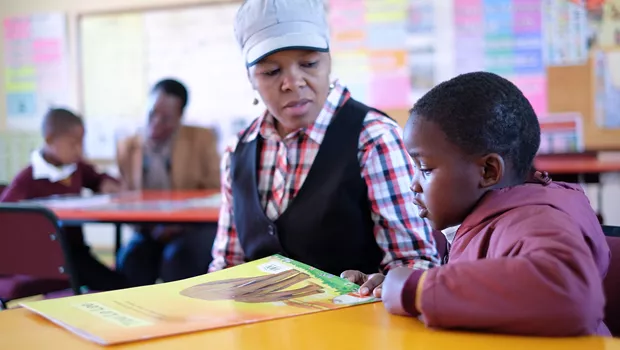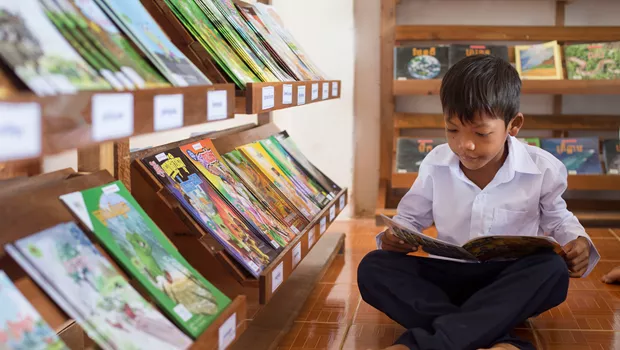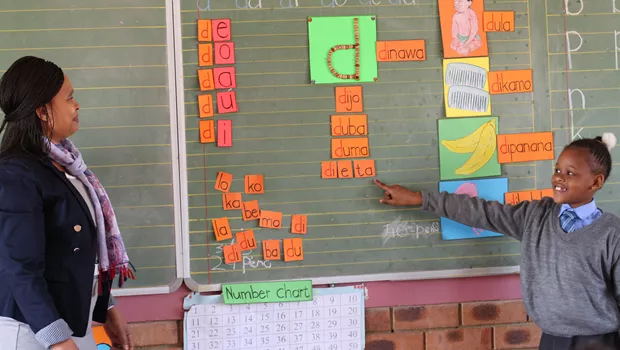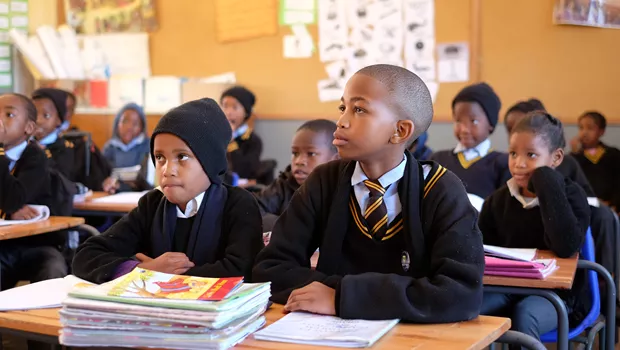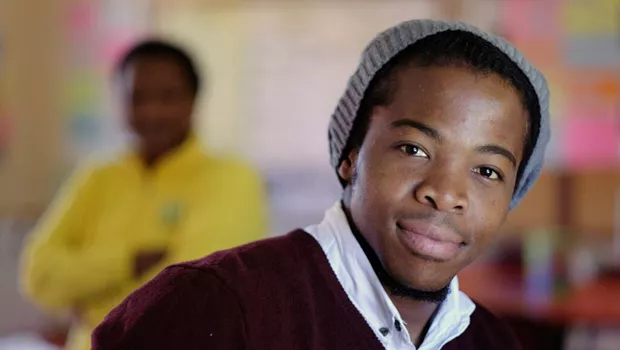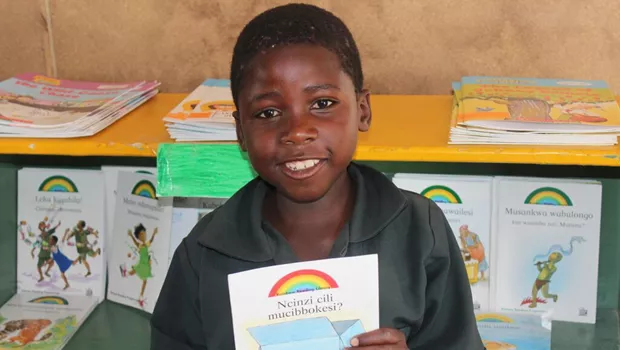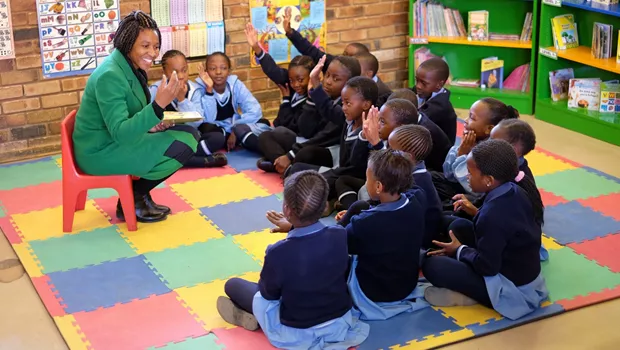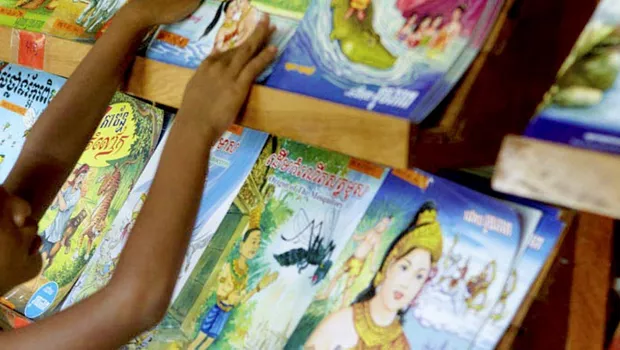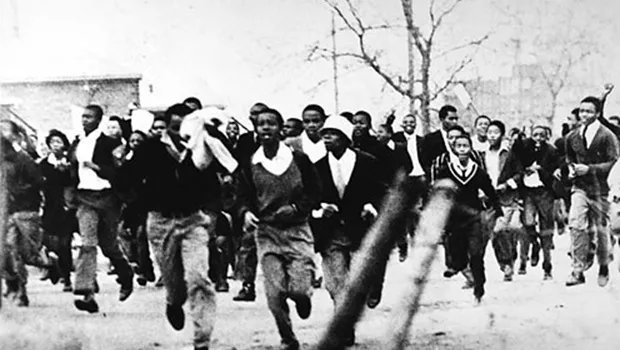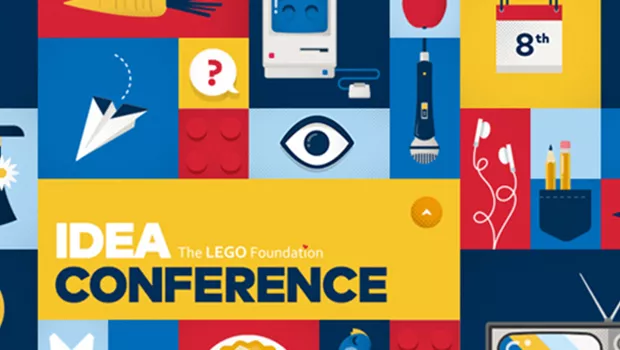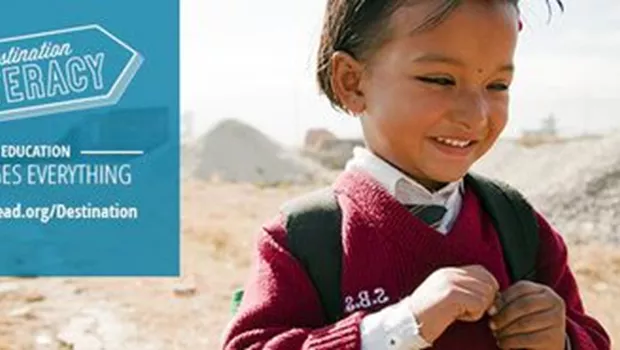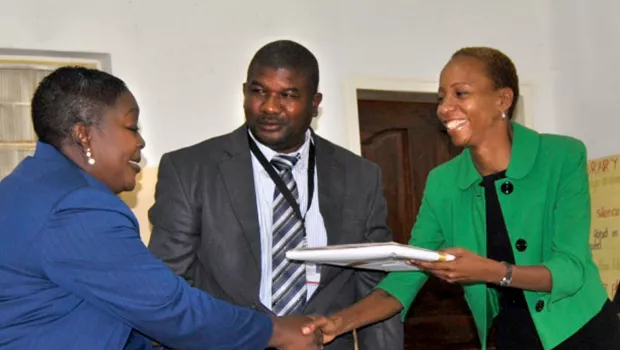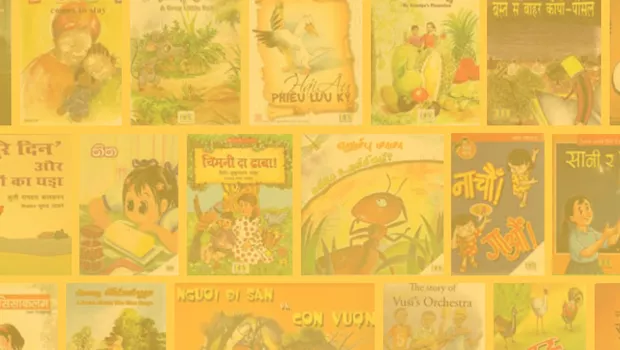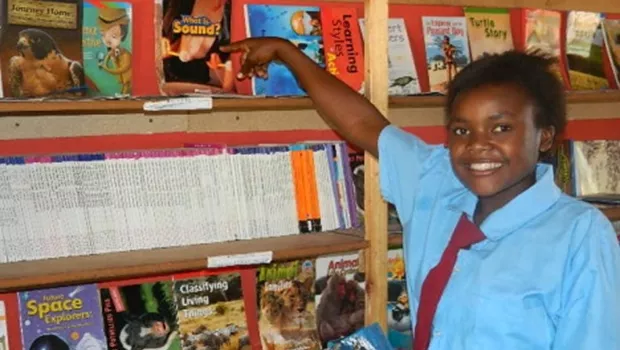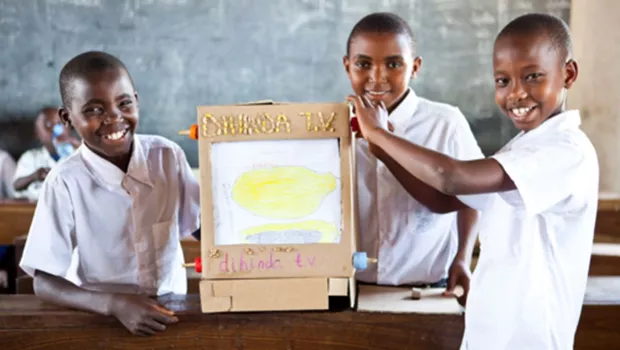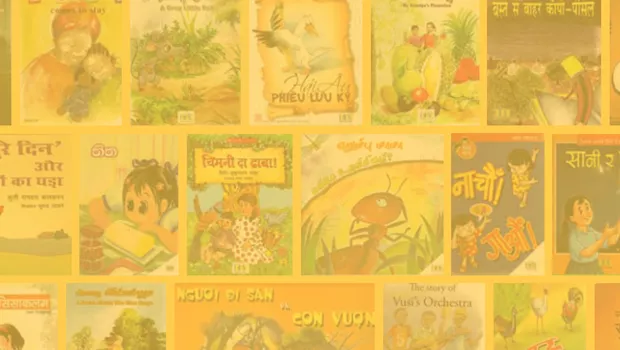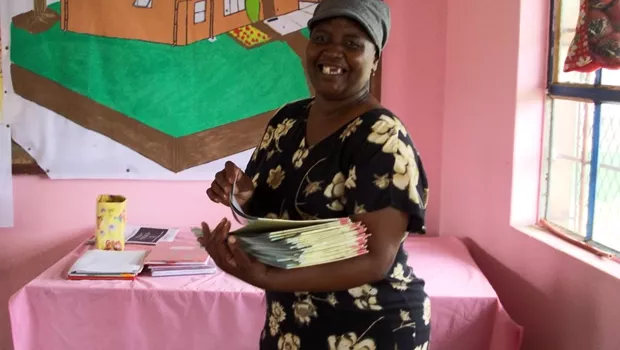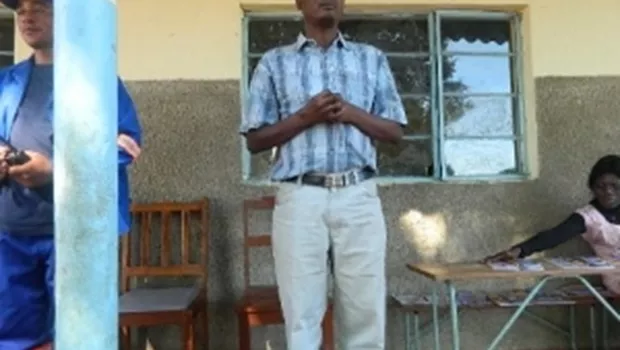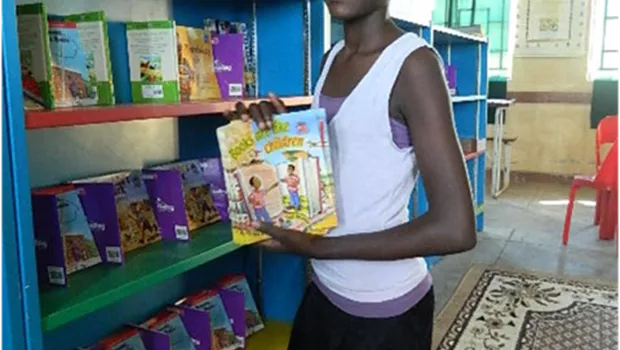Annalisa Burrello has supported Room to Read for more than five years and is an active member of our UK Advisory Board. In 2013, she and her husband joined Room to Read on a trip to visit our programs in South Africa, along with their children. In this guest post, Annalisa shares her perspective and her photos from the trip.
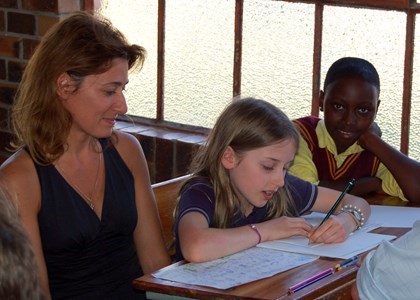
In 2006, Room to Read made a momentous decision to expand its programs from Asia into Africa. As we know, Africa has specific challenges for any non-profit organization due to the costs of doing business and saturation of the NGO market. Despite all odds, Room to Read adhered to its entrepreneurial spirit and launched operations in South Africa.
South Africa is very close to my heart. My husband and I first traveled to South Africa for our honeymoon in 1999 and we had a trip of a lifetime. We stopped in Johannesburg then traveled to the Blue Mountain and to Singita, in Kruger National Park, after visiting Victoria Falls. Later we returned to see Cape Town and traveled to Hermanus for whale-watching. After having children, we have gone back several times. We love everything about South Africa, but like many “fair weather” tourists, we had minimal exposure to the country’s problems.
When my husband and I were invited to visit South Africa with Room to Read, we jumped at the opportunity to see a side of the country that otherwise would have stayed occult. The trip involved a visit to Soweto, the momentous township where many black freedom movements and protests took shape and the home of Nelson Mandela, followed by 3 days in the Mpumalanga district to visit three primary schools where Room to Read operates its School Libraries, Book Publishing and Reading & Writing Instruction programs.
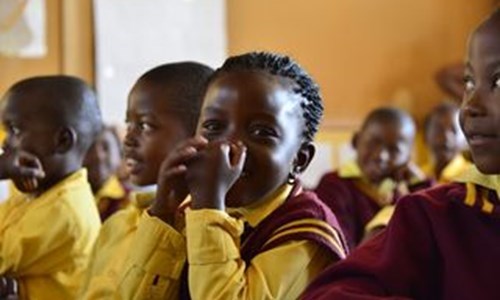
We were aware of South Africa’s overwhelming social and economic challenges, however we learnt a great deal during this full immersion in the “parallel” reality of the country’s rural population. The country is dealing with a struggling reconciliation process following apartheid, with the massive black and youth unemployment and a crime rate. Additionally, the country has experienced pervasive corruption practices and is in the midst of fighting an AIDS epidemic . On top of all that, the education system is severely underperforming. The last two issues especially affect children and ultimately the future of the country.
Mamphela Ramphele, an emerging political force in South Africa recently interviewed by the Financial Times, said, “The alarming collapse of education represents a grave danger to our economy. We inherited a dysfunctional system, and we have made it worse.”
She continues to explain that teaching was one of the few white collar jobs available to black people of her generation and therefore was an expedient profession rather than a vocation. After the end of apartheid, the government failed to support educators by properly training those who were interested in staying in the profession. The South African Democratic Teachers Union “remains a refuge for broken teachers”, she says. “Many don’t possess the subject knowledge to teach with conviction. Absenteeism persists because teachers can’t face a classroom full of eager learners.”
Unlike other countries where Room to Read operates, in South Africa there is no shortage of schools. The government not only has the funds (in 2012 they devolved $24 billion, or 7% of GDP, to education), but also is quite happy to build schools as they are a visible and concrete sign of development. What is lacking is availability of teaching material, including books and libraries, and teachers’ training. As we heard during our trip, South Africa is suffering from what I have come to call the “lost generation”-- our contemporaries who lived through apartheid during their first 20-30 years carrying all the disadvantages they have suffered in their formative years, which include lack of education and work opportunities, right into the new “era” of equal rights.
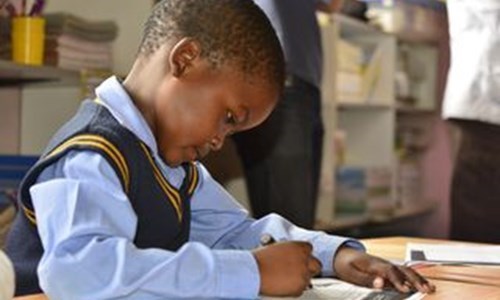
Room to Read identified correctly the need to train teachers to teach differently through the development of their Reading & Writing Instruction Program. Educators need to engage and be engaging in order to succeed with their eager and enthusiastic young pupils. Starting with a few chosen schools in collaboration with the government, Room to Read explained to willing teachers that there were different ways to teach--new approaches to make it more fun for the students and for themselves, and ultimately more effective and rewarding; they provided teaching material, called collateral, like colorful props to hang on the walls and be used proactively by teachers and children, besides books in both English and native languages.
While we attended a few lessons during our visit, despite the fact that it was taught in a foreign language, the method was so effective that evenwe understood what the teacher was talking about. Our children were asked to lead some sort of animal game, wearing the masks of the animals they represented and actively participated in the learning pantomime. In another setting, we were taught a local nursery rhyme beforehand and when we arrived in class, the teacher showed how an old, simple children’s song could be an effective teaching tool for sounding out words in their local language. Teachers used songs, dance, actions, repetitions, images, colours, words, sounds and Room to Read props to teach children not only to read and write but also to learn about their culture and their South African history. It was a perfectly interactive, interdisciplinary approach to learning which the children reacted to with absolute delight and enthusiasm. I have never seen so many hands shooting up when asked a question! I also loved the way they showed approval for the correct answer: instead of clapping, they clicked fingers! So much quieter and controlled!
In the Room to Read libraries, confident primary learners explained to us how to use a library, read stories to us, conducted interviews and recited poems. They were not intimidated by the size of our group or that we were accompanied by half a dozen government officials. I was utterly impressed by the proficiency and confidence of the students. They were outgoing, expressive, communicative, friendly, curious, open-minded, and inclusive. These scholars were being taught to be strong and confident, ready to take on a world of opportunities, despite the real life difficulties that some of these kids faced every day.
They welcomed us with music and dances, football and netball matches and let me take hundreds of pictures which captured vibrant, confident, intelligent, happy young human beings, thriving in learning and safe within the school premises.
It was a thoroughly uplifting trip and made us more optimistic and confident about the world. Room to Read is sowing the seeds for a better future in Africa and I am confident that we will see the impact in 15-20 years when these young eager students will become the leading class of the country.

